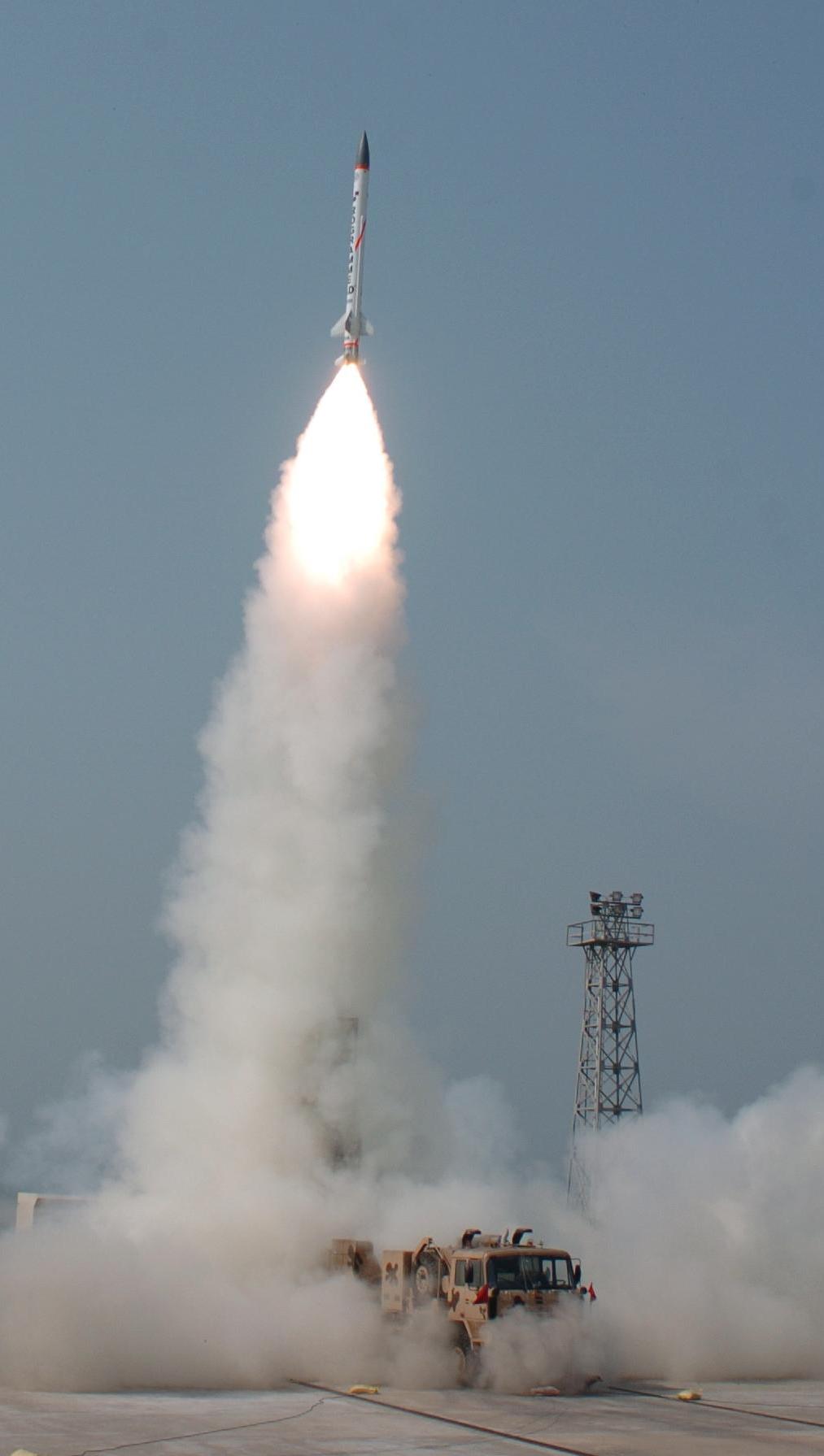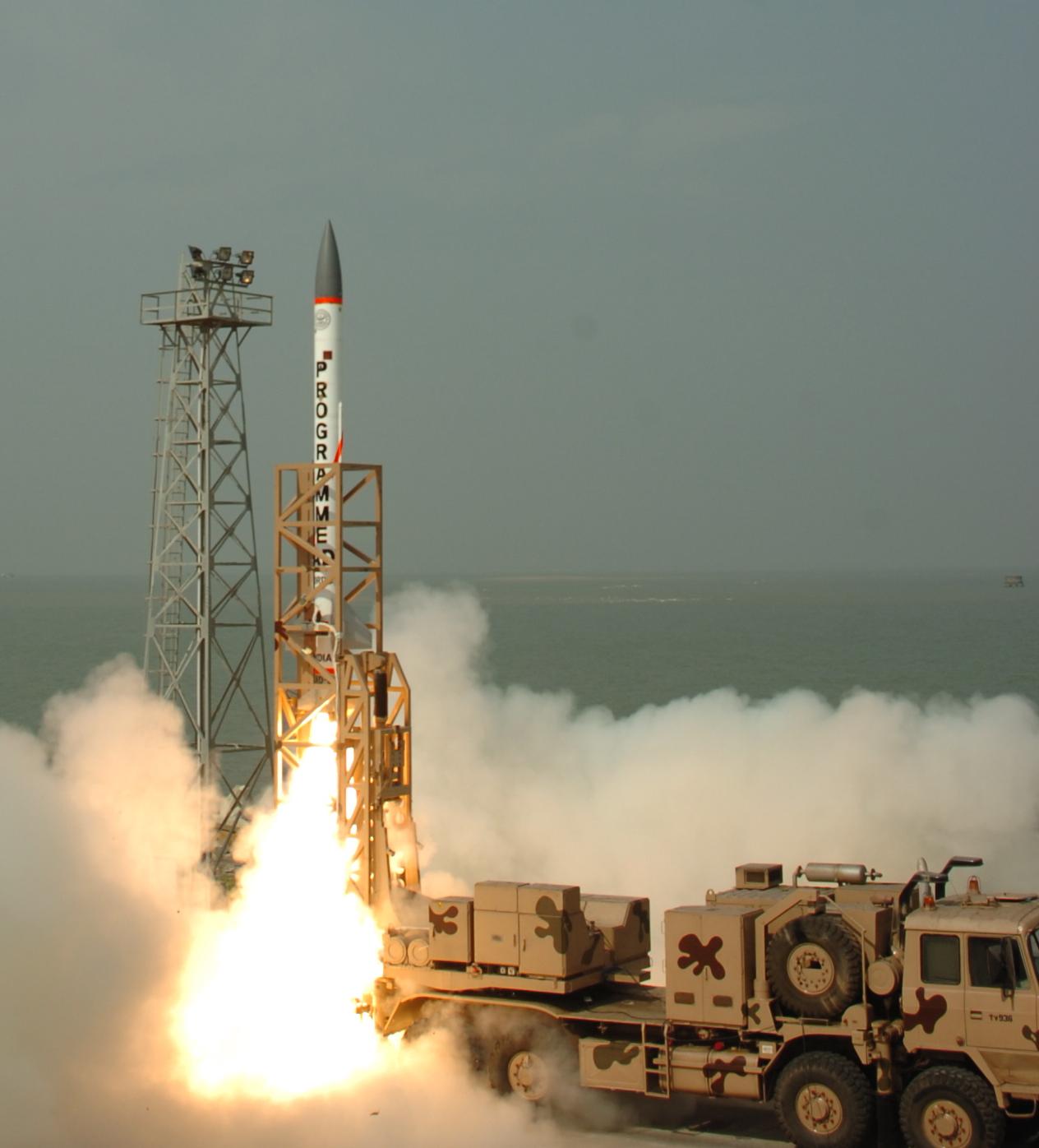The Low Cost Ballistic Missile Defense Program That Works
Whenever you hear anyone talk about ballistic missile defense costing too much, not working, or a waste of money, they are not talking about the Navy. Leading into 2008 anyone who bashes the Navy about ballistic missile defense is woefully ignorant. Best part of all, ballistic missile defense is yet another way the Navy builds partnership with other nations. The latest success proves that statement.
Japan said Tuesday it had shot down a ballistic missile in space high above the Pacific Ocean as part of joint efforts with the United States to erect a shield against a possible North Korean attack.
Japan tested the US-developed Standard Missile 3 (SM-3) interceptor from a warship in waters off Hawaii, becoming the first US ally to intercept a target using the system.
Defence Minister Shigeru Ishiba described the successful test as "extremely significant."
"We will continue to strive to increase the system's credibility," he told reporters, insisting the missile shield was worth the high cost.
"We can't talk about how much money should be spent when human lives are at stake."
Japan plans to spend a total of 127 billion yen (11.2 billion dollars) over the four years to March 2008 on missile defence using the US-developed Aegis combat system, according to the defence ministry.
I don't think that last part is accurate, rather Japan intends to spend 127 billion yen on ballistic missile defense, including Patriot systems and detection systems. If I'm wrong, I'd be surprised, because one of the things we are learning is AEGIS BMD is inexpensive compared to alternatives.
There are two agencies in government that need a major housecleaning with a new president, the Missile Defense Agency and the Dept. of Homeland Security. While people might want to jump in and claim other agencies, the difference is if you replaced every member of management in the two agencies above, you couldn't screw up. If you replaced everyone in the CIA or State Dept. in reality you'd have an even bigger mess than exists today.
One of the aspects of the Missile Defense Agency that really bothers me is the lack of funding priorities. They don't invest their money in what works, instead they invest their money in what doesn't work. I'm not convinced the MDA has its priorities straight when they chase pie in the sky missile defense and barely fund missile defense systems that actually already work. From insidedefense.
MDA is developing three boost- or ascent-phase systems: the Airborne Laser, the Kinetic Energy Interceptor and the Navy's Aegis ballistic missile defense system, which features the Standard Missile-3 Block IIA interceptor. All three are in various stages of development, with the Aegis system the furthest along.
The Bush administration has invested heavily in each system as part of its layered missile defense concept comprising weapon systems capable of intercepting ballistic missiles at any point in their flight. The ABL, which got its start in 1996 during the Clinton administration, could cost $5 billion from its inception to a currently scheduled 2009 target missile shoot-down attempt. If successful, the program would needs billions more for a second prototype aircraft and seven planned production systems for the Air Force.
The 2008 budget request MDA sent to Congress last February calls for spending more than $1 billion on the Aegis program between fiscal year 2008 and FY-13. That money would be spent on the entire program, not just the ascent-phase defensive system.
The article goes on to highlight that when budget cuts hit the Missile Defense Agency, they decided to cut the KEI program and limit the scope to just the booster rocket. There may be a good reason for this, but I'm starting to wonder how the MDA justifies sinking billions into pie in the sky technologies like the ABL, but basically spends nothing on AEGIS BMD and applies budget cuts to the most promising future technology, the KEI. Priorities? Ya, it must start with the lobby, because results do not appear to be a factor, nor is there a return for cost evaluation over at the MDA.
Either way, AEGIS BMD has turned into a huge success story for ballistic missile defense and the Navy, but like most things successful programs it doesn't get the attention it deserves. Below is the you tube of the latest launch. Previous coverage of Ballistic Missile Defense here, including more detailed costing for those who want the annual details.
http://www.informationdissemination.net/2007/12/low-cost-ballistic-missile-defense.html



